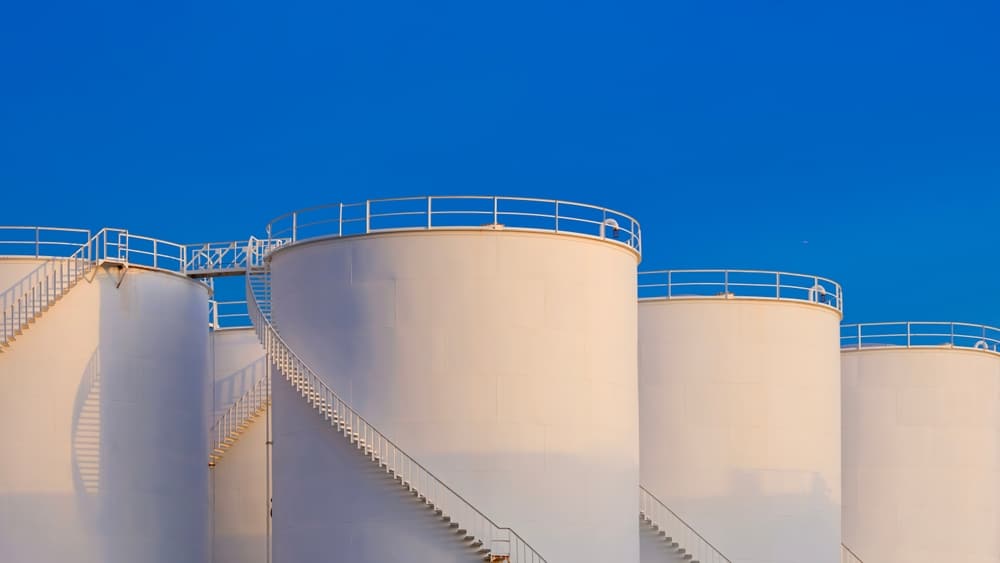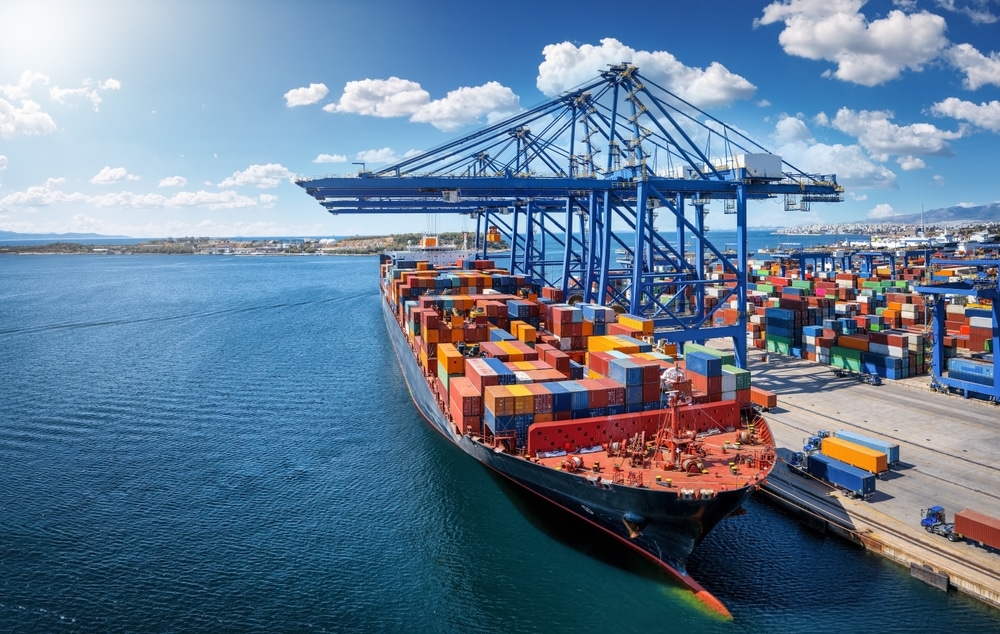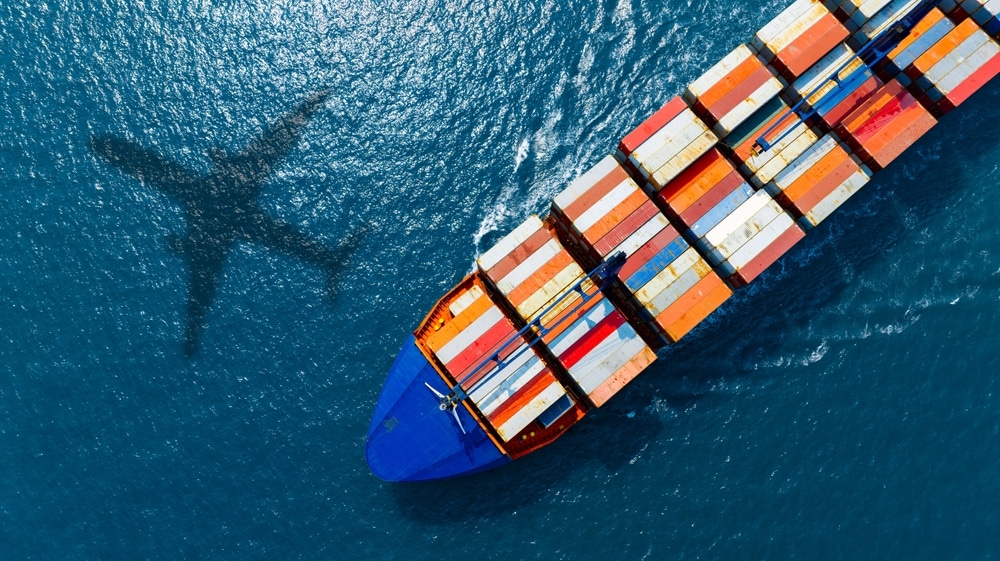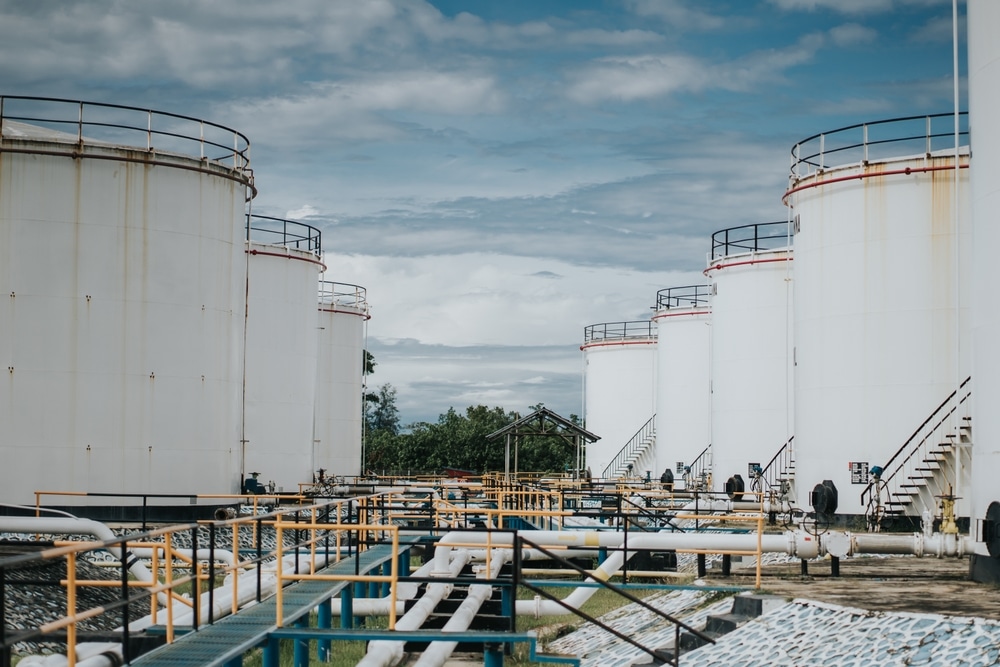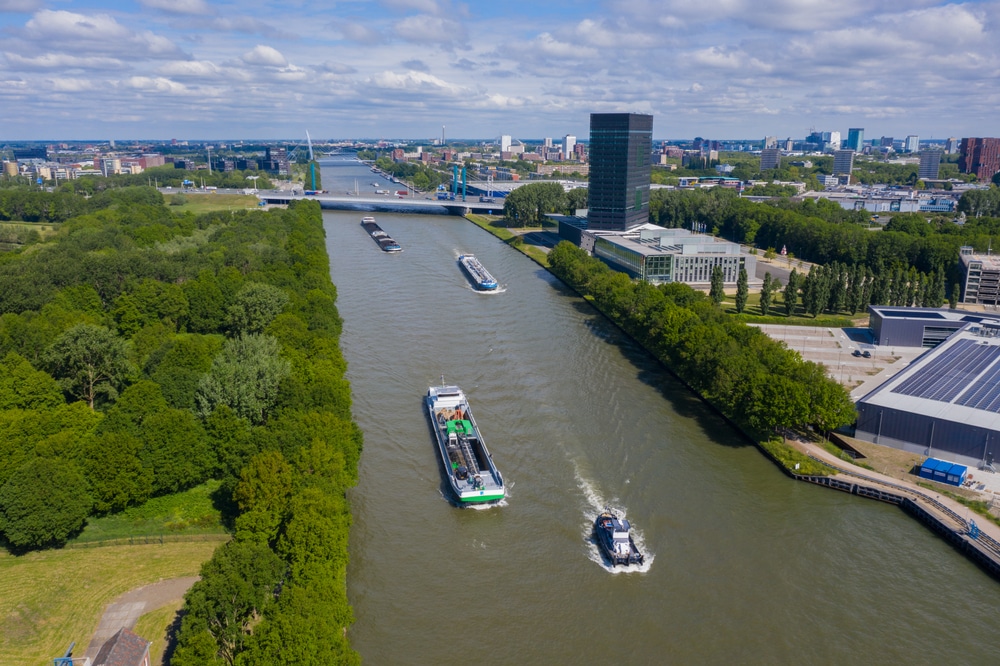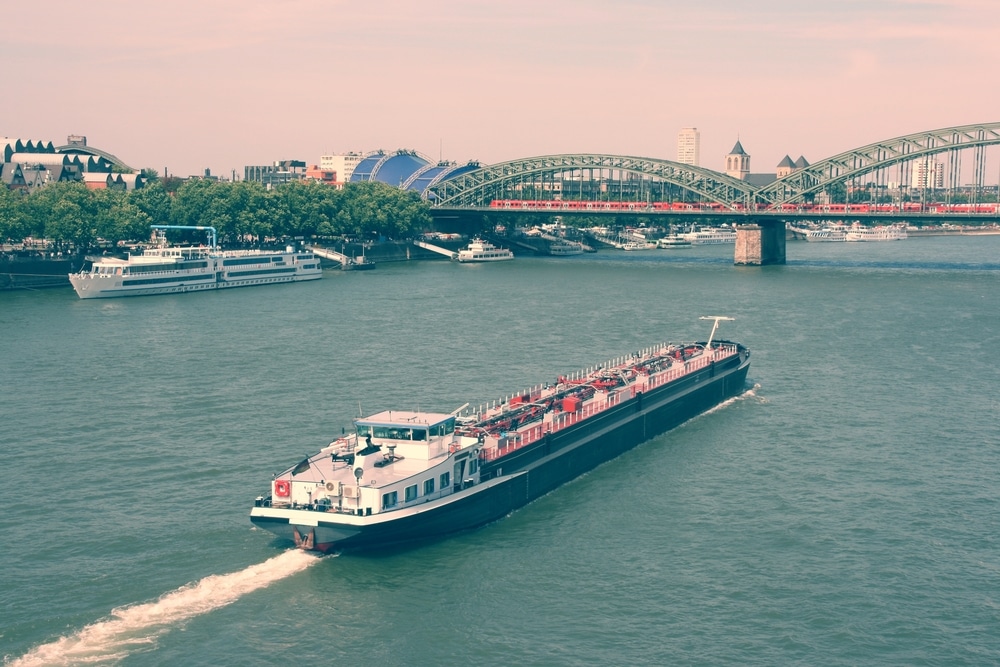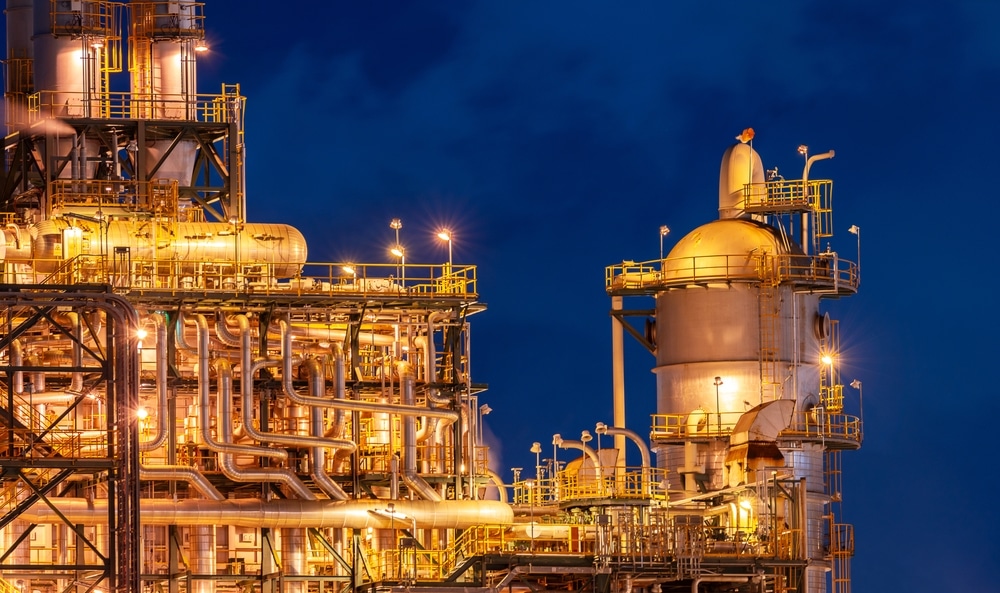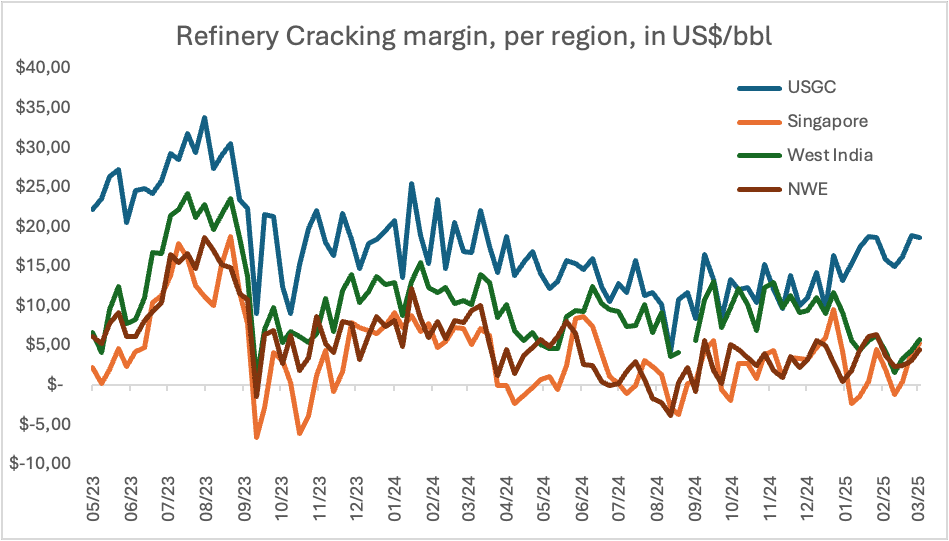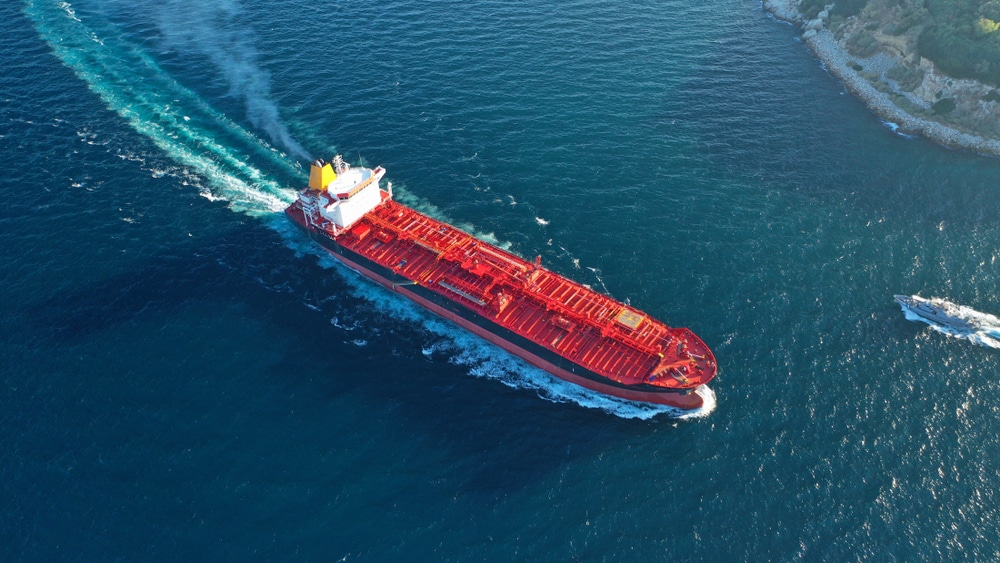The ARA clean petroleum product (CPP) barge market during mid-June presented a complex mix of price corrections, patchy demand, and lingering terminal delays. Freight rates drifted lower for most routes while sporadic market spikes highlighted the tension between regional supply chain inertia and global product volatility.
1. Freight Rates: Declining Across the Board
Freight rates generally edged downward throughout the week, especially for middle distillates:
- From June 11 to June 18, the Cross Harbor and Rotterdam–Antwerp/Amsterdam corridors saw a clear trend of declining rates, driven by weaker spot demand and increased barge availability.
- Light ends remained relatively stable midweek but saw a softening by June 18, with most routes shedding a few percentage points.
Takeaway: Overall, the market’s rate floor dipped slightly, with the pace of decline moderated by ongoing operational delays that capped oversupply.
2. Demand: Hesitant and Product-Dependent
Spot market activity was choppy:
- Early in the week (June 11–12), light ends dominated volumes, with middle distillates lagging behind amid low interest and cautious positioning ahead of ICE gasoil expiry.
- Post-ICE expiry, on June 13–17, middle distillate volumes surged briefly, supported by fresh fixtures to cover immediate product needs and manage fleet utilization.
- By June 18, total spot volume dropped back to under 35kton—one of the lowest counts of the month.
Takeaway: Product flow shifted daily, but the structural signal is clear: traders are reluctant to lock in volume amid volatile global prices and uncertain profit margins.
3. Operational Strain: Terminals Still a Bottleneck
Delays at terminals in Amsterdam and Antwerp persisted, influencing daily planning:
- Barges were often forced into waiting lists, limiting flexibility despite weaker demand.
- Some players used PJK B/L or lump sum arrangements to maintain optionality and hedge against short-term rate swings.
Takeaway: Infrastructure delays continued to mute the full impact of lower demand on rates—without them, rate drops could have been steeper.
4. Macro Shadows: Geopolitical Volatility Adds Risk Premium
The broader oil market backdrop—marked by renewed tensions between Israel and Iran—sparked extreme product price volatility during the week:
- Several reports noted that this kept some players sidelined, postponing deals or splitting voyages to limit exposure.
- Rising product prices in Europe attracted additional cargoes, temporarily lifting local supply and stabilizing rates for specific middle distillate routes.
Takeaway: Geopolitical risks indirectly supported ARA freight floors but did not reverse the softening trend.
5. Market Outlook: Wait-and-See Continues
By the end of the week, the market had settled into an equilibrium of:
- Lower spot rates, especially for Cross Harbor and intra-port moves.
- Patchy deal flow, driven by product-specific arbitrage and fleet management needs.
- Cautious planning, with many players preferring to wait for clearer signals on refinery throughput and product spreads.
Takeaway: The current tone suggests that unless terminals clear faster or product prices swing dramatically, the ARA market will remain subdued, with only tactical spikes.
Conclusion: A Market in Drift, Not in Drive
The mid-June ARA barge freight market illustrates the complexity of a region balancing low structural demand, high operational friction, and external price shocks. For logistics planners and traders, this calls for an agile strategy—balancing near-term fleet positioning with the readiness to capture any sudden price-driven cargo surges.

